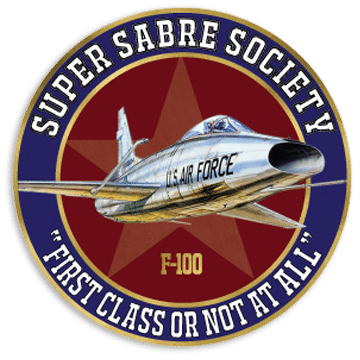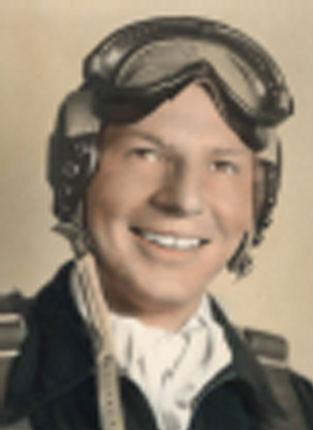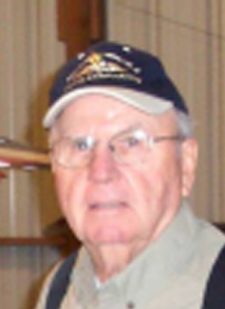PJ White joined the Air Force at the start of the Korean War and graduated from aviation cadet training in 1953. He flew over 5,000 hours in fighters and trainers, a high fight across the Atlantic, three flights in an F-100 across the Pacific to Vietnam, and two tours in Vietnam.
He served at every command level from flight, squadron, group, numbered Air Force, major command and the Pentagon.
During PJ’s second tour of Vietnam, he became the second commander of Commando Sabre, (Misty) after Bud Day, the first commander, was shot down and captured.
PJ White became the 1st Commander of the “Red Flag”. During the Vietnam War too many pilots were being shot down and top officers felt their skills were outmoded. An Air Force analysis known as Project Red Baron II showed that a pilot’s chances of survival in combat dramatically increased after he had completed 10 combat missions. The analyses also showed fighter aircraft had to engage with densely-packed SAM sites, enemy MiGs, and a very potent AAA threat. Although AAA was by far the most common, dealing with the SAMs and MiGs was likely more stressful. MiGs would come out of nowhere. A major finding of the report showed that pilots were often unaware that enemy MiG aircraft were present until they fired, and that MiGs were 100 times more likely to be close to dogfighting proximity than initially anticipated. U.S. fighter pilots dealing with the MiG threat had only two options: engage or attempt to escape. An American pilot did entering into a dogfight was likely engaging for the first time against a dissimilar aircraft.
On March 1, 1976, the 4440th Tactical Fighter Training Group nicknamed “Red Flag” was chartered with Colonel P.J. White as the first commander, Lt Col Marty Mahrt as vice commander, and Lt Col David Burner as Director of Operations. This small crew under Col White’s leadership undertook the task of firmly establishing the program. Red Flag was created in 1975 to offer USAF pilots and WSO’s (Weapon Systems Operators) the opportunity to fly 10 realistically simulated combat missions in a safe training environment with measurable results. The rigorous training used on “Aggressor Squadrons” was comprised of pilots were hand-selected from the best of the best and whose mission was to act like the enemy in pilot training sessions. In effect, it was very realistic aerial war games.
(sources: Wikipedia; article in Leading Edge ezine, Red Flag, Realistic Training, and the U.S. Air Force’s Way of War after Vietnam by Brian Laslie/May 8, 2015).
After retiring from the Air Force, PJ worked as a staff engineer at Martin-Marietta in Littleton CO. He then started Sandia Airways, an air charter/ambulance service in Albuquerque, NM. When he retired for the 2nd time he went from air to sea and sailed a Hans Christian sailboat from Oxnard, Ca, into Sea of Cortez, through the Panama Canal, across the Caribbean to Jamaica, Cayman Islands, Key West, Bahamas, St Thomas, and all Leeward and Windward Islands to Grenada then back to Galveston, TX where he sold the boat. In his words, it was a “Great adventure”.
More information about PJ White can be found in the books Misty and Bury Us Upside Down (available on Amazon).









